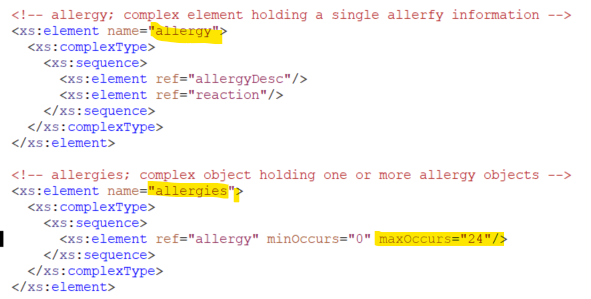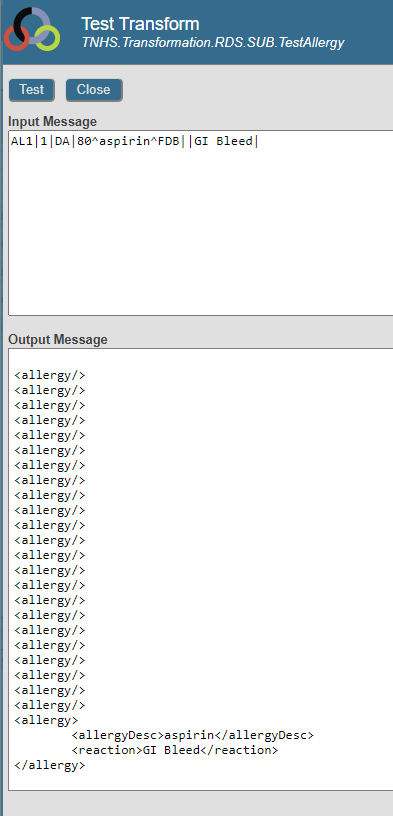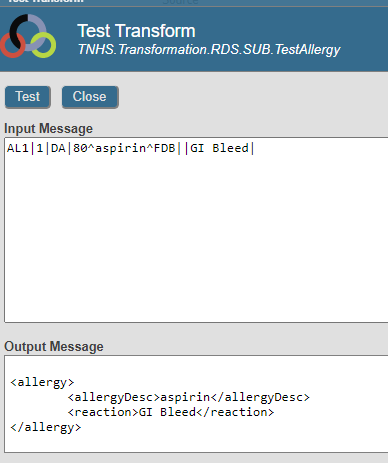Si vous souhaitez savoir quelle est la version exacte de votre image Docker (et depuis le dernier schéma de balisage d'image, vous ne pouvez pas simplement vous fier à la balise d'image ; et en supposant que vous ne souhaitiez pas l'exécuter réellement juste pour le savoir), vous pouvez exécuter cette commande docker :
docker inspect containers.intersystems.com/intersystems/irishealth:latest-preview --format '{{ index .Config.Labels "com.intersystems.platform-version" }}'(bien sûr, adaptez l'image à laquelle vous faites référence)
Et le résultat sera, par exemple :
2025.1.0L.152.0
J'ai trouvé cela utile par exemple pour comparer la version que j'exécute par rapport aux autres versions disponibles possibles. Cela serait important avec les versions de maintenance mineures des versions EM et, comme dans mon exemple ci-dessus, avec les versions Developer Preview.
Notez que cette commande docker inspect est une approche similaire à celle partagée ici par @Dmitry Maslennikov pour obtenir les ports par défaut utilisés par le conteneur, et conforme à la documentation faisant référence à la découverte des valeurs par défaut de l'image (comme dans le cas de Dmitry).






